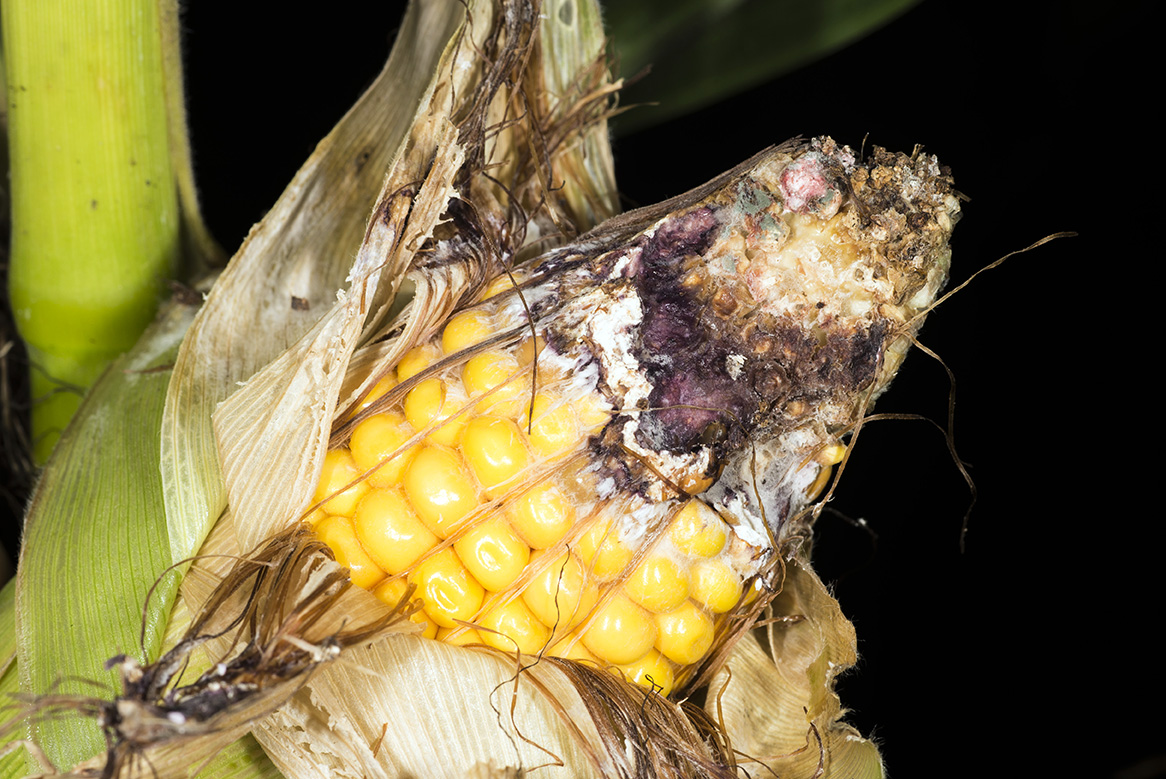
It’s western bean cutworm season – as discussed in last week’s Pest&Crop, moth trap counts are peaking, primarily in Indiana’s northern counties.

It’s western bean cutworm season – as discussed in last week’s Pest&Crop, moth trap counts are peaking, primarily in Indiana’s northern counties.
Indiana growers have shown increased interest in utilizing cover crops in our corn and soybean production systems over the last decade. Concurrently, there has also been increased utilization of soil residual herbicides to help manage herbicide-resistant weeds such as marestail (horseweed), waterhemp, and giant ragweed in our corn and soybean production systems. Soil residual herbicides can remain active in the soil for a period of weeks to months after application. The length of time a residual herbicide remains biologically active in the soil is influenced by soil texture, soil pH, organic matter, rainfall, and temperature. Since these factors will vary from field to field, definitive time intervals of residual herbicide activity can be difficult to predict. The use of residual herbicides in our corn and soybean production systems may interfere with establishment of fall seeded cover crops under certain conditions. Unfortunately, many of the species being used for cover crops[Read More…]
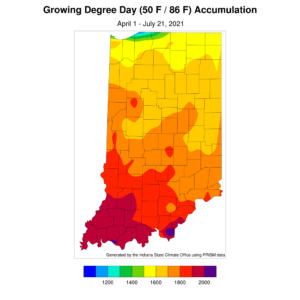
After several weeks of above-normal precipitation across much of Indiana, we are now entering a relative dry period. The national Climate Prediction Center is indicating enhanced chances for below-normal precipitation amounts over the next several weeks. Temperatures are also expected to be above normal over this period which will cause increased rates of evapotranspiration. This may induce the onset and establishment of a flash drought – defined as a rapid intensification of drought conditions and impacts sustained for a relatively short amount of time (e.g., less than a year). The key is to start planning and preparing for this now, even if a flash drought does not end up developing, so that one is being proactive rather than reactive to drought impacts. Modified growing degree days range from about 1500 units (northern Indiana) to 200 units (southern Indiana) (Figure 1). With temperatures being relatively mild lately, this has kept accumulated[Read More…]
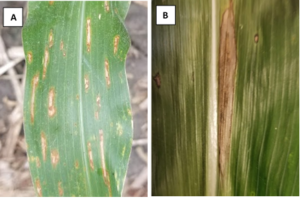
It is important to continue to scout for diseases in both corn and soybeans. Recent rains have created favorable environmental conditions for the development of foliar diseases in both crops. In our scouting rounds this week we continue to find gray leaf spot, northern corn leaf blight, and tar spot in corn (Figure 1 and 3), and frogeye leaf spot, downy mildew and Septoria brown spot in soybean (Figure 2). In addition, we continue to add counties with active tar spot and southern rust in Indiana. The most frequent question I have received is, “Should we make a fungicide application?” My response – What diseases are you finding in your field? What is your hybrid/variety susceptibility and field history? What growth stage? Are you irrigating? A fungicide application can be effective at reducing disease and protecting yield, but there are a number of factors that need to consider: the field[Read More…]
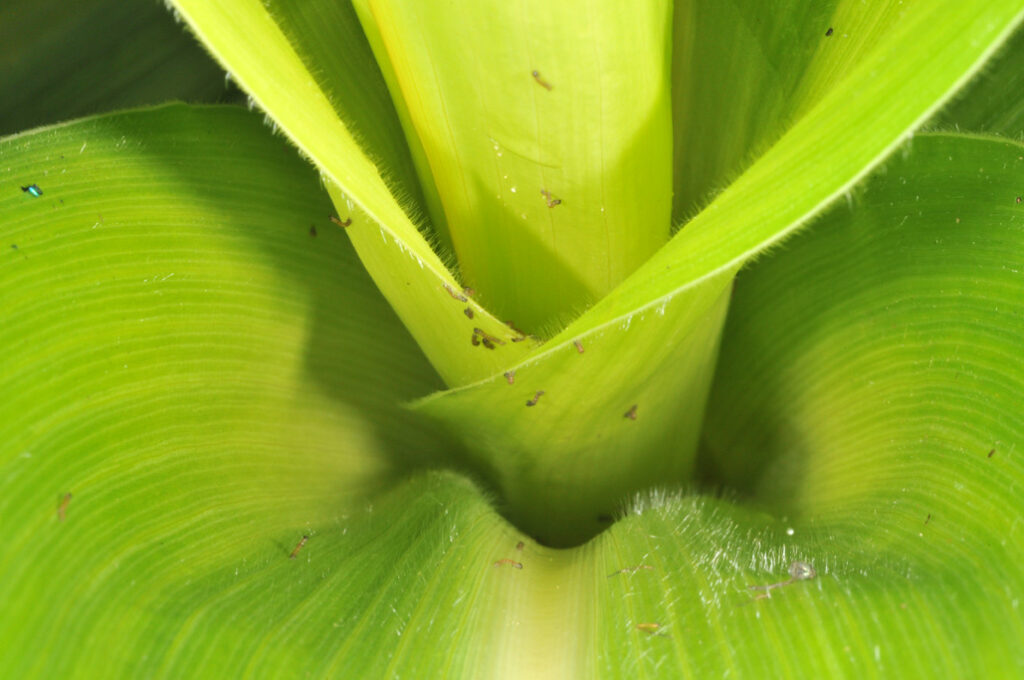
The western bean cutworm (WBC) trapping season continues, and after a slow start, moth flights have rapidly increased in many northern Indiana county traps this past week.
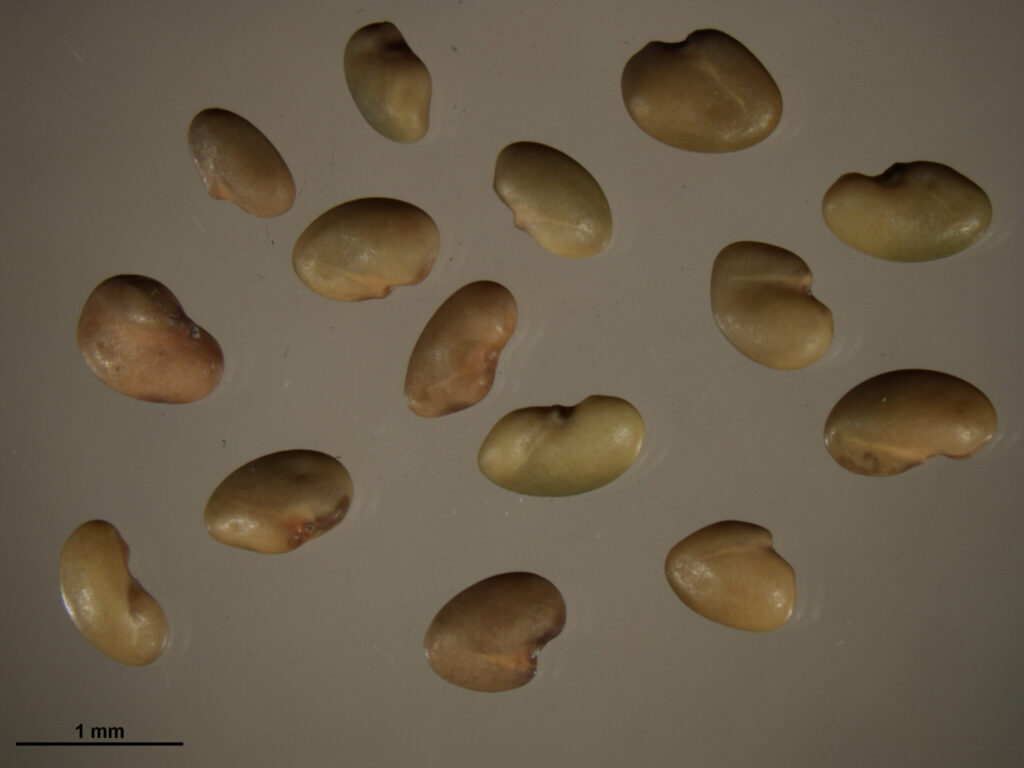
Timely alfalfa seeding is always important to getting an excellent stand, and when seeded late does not have time to develop into a winter hardy plant.
2020 Western Bean Cutworm Pheromone Trap Report

Potato leafhopper (Empoasca fabae) is back on hemp. This migratory species can cause a lot of damage to many different crop species, including hemp.

Recent rains and increased humidity across Indiana have increased the risk for foliar diseases to develop in both corn and soybean.
2020 Western Bean Cutworm Pheromone Trap Report
© 2026 Purdue University | An equal access/equal opportunity university | Copyright Complaints | Maintained by Pest&Crop newsletter
If you have trouble accessing this page because of a disability, please contact Pest&Crop newsletter at luck@purdue.edu.